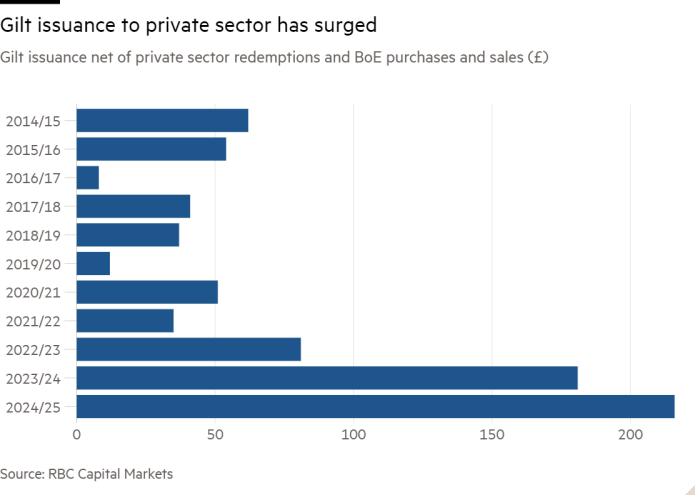All eyes on central banks
We are pleased to share our outlook for global economies and markets for the second half of 2024.
In the six months since we published our 2024 Global Market Outlook, the market environment has changed in many ways. Consensus expectations for central bank policy, in particular, are markedly different. Prices of interest rate futures reflect expectations for far fewer interest rate cuts from global central banks than seemed likely in December 2023. Equity and fixed income markets are readjusting accordingly.
The European Central Bank (ECB) kicked off the cycle of lowering rates by the major developed market central banks at its June policy meeting. But the path and magnitude of easing by the world’s rate setters for the rest of the year is far from certain. This outlook details the factors shaping that path for the Federal Reserve (Fed) and other key central banks.
For the global economy, we anticipate broadening growth. While the U.S. remains strong, leading indicators elsewhere suggest that the narrative of U.S. economic exceptionalism may abate.
What does this backdrop mean for markets and asset classes? We expect a broadening in U.S. equity market performance and see attractive value in some international stock markets. Investors seeking to move out of cash may find attractive opportunities in shorter‑term bonds, as well as equities.
Most importantly, we believe the ongoing transition from the low rates that prevailed after the 2008–2009 financial crisis to an environment characterized by structurally higher interest rates will present favourable conditions for active managers to outperform.
Economy
Broadening global growth, resurgent inflation define outlook
Six months ago, the consensus outlook for the global economy in late 2024 featured steadily falling inflation amid a slide toward recession that would trigger aggressive central bank rate cuts. The best outcome would be a “soft landing” slowdown that dodged a recession thanks to central bank action. Investor hopes for this scenario led to simultaneous rallies in equities, high‑quality government bonds, and bonds with credit risk. What a difference a few months make: Consensus now expects continued expansion, resurgent inflation pressures, and limited easing from central banks. We’re not quite as sanguine on growth as this “no landing” scenario, but it looks like recession is off the table for at least the next six months.
Important Information
This material is being furnished for general informational and/or marketing purposes only. The material does not constitute or undertake to give advice of any nature, including fiduciary investment advice,






